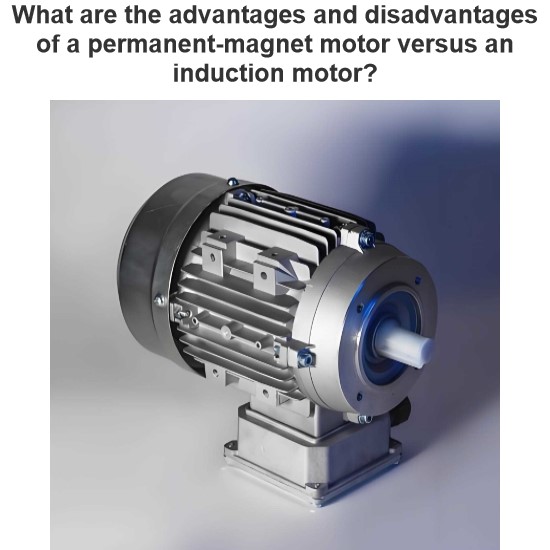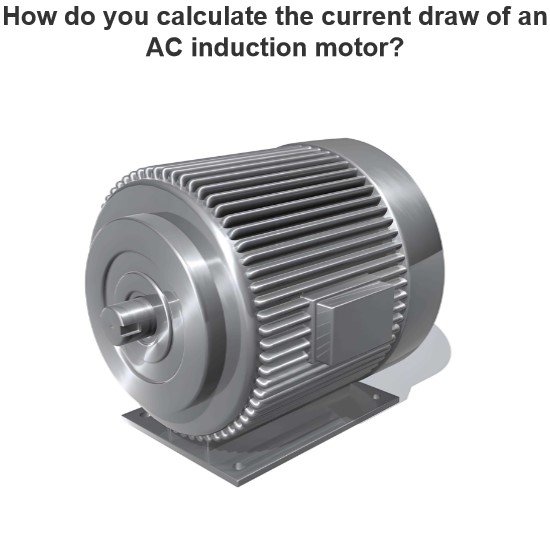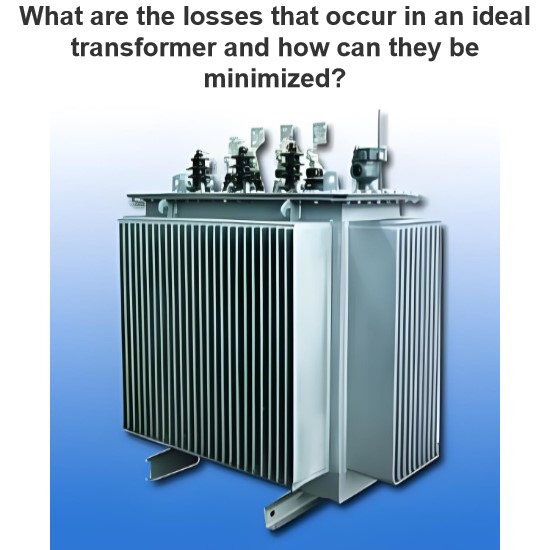What parameters determine the torque of an induction motor?
The torque of an induction motor is influenced by various parameters, mainly including the following aspects:
1. Power supply voltage
The power supply voltage has a significant impact on the torque of an induction motor. According to the operating principle of the motor, the electromagnetic torque is directly proportional to the magnetic flux per pole and the induced current in the rotor, both of which are directly proportional to the voltage. Therefore, a drop in the power supply voltage can significantly affect the starting performance of the motor. For example, if the power supply voltage drops to 80% of its original value, the starting torque will decrease to 64% of its original value.
2. Stator and rotor leakage reactance
The leakage reactance (produced by leakage flux) of the stator and rotor also affects the torque of the motor. The greater the leakage reactance, the smaller the starting torque; conversely, reducing the leakage reactance can increase the starting torque. Leakage reactance is related to the number of turns in the winding and the size of the air gap.
3. Rotor Resistance
Increasing the rotor resistance can also increase the starting torque. For example, for wound-rotor induction motors, an appropriate additional resistance can be connected in series with the rotor winding circuit to improve the starting torque.
4. Motor Design Parameters
The design parameters of the motor, including motor type, armature winding, permanent magnet material, rotor structure and other factors, directly affect the speed and torque of the electric motor.
5. Work Status
The operating conditions of the motor, such as load size, temperature and humidity of the working environment, etc., will also affect its torque.
6. Control Algorithm of the Controller
The control algorithm of the electric motor's controller also affects the speed and torque of the electric motor. Different control algorithms have different effects on the speed and torque of the electric motor.
7. Transmission ratio of the transmission system
The gear ratio of the transmission system also affects the speed and torque of the electric motor. The larger the gear ratio, the lower the speed of the electric motor, but the torque will increase.
In summary, the torque of an induction motor is influenced by various factors, including the supply voltage, stator and rotor leakage reactance, rotor resistance, motor design parameters, operating conditions, control algorithm of the controller, and gear ratio of the transmission system. These factors interact with each other, determining the torque performance of the induction motor under different working conditions.
The Electricity Encyclopedia is dedicated to accelerating the dissemination and application of electricity knowledge and adding impetus to the development and innovation of the electricity industry.



